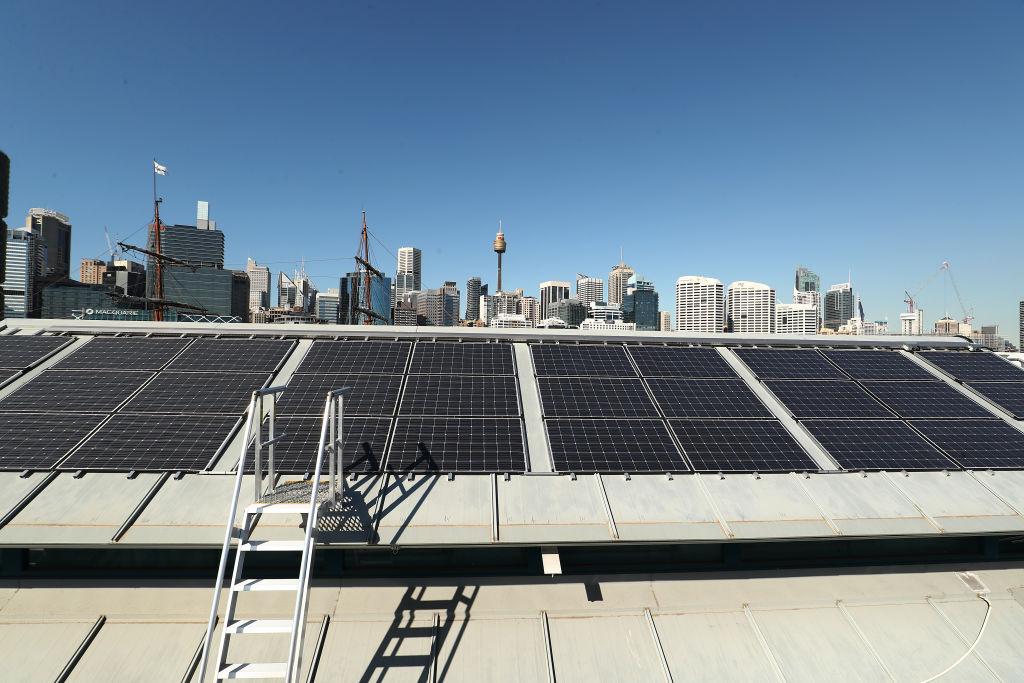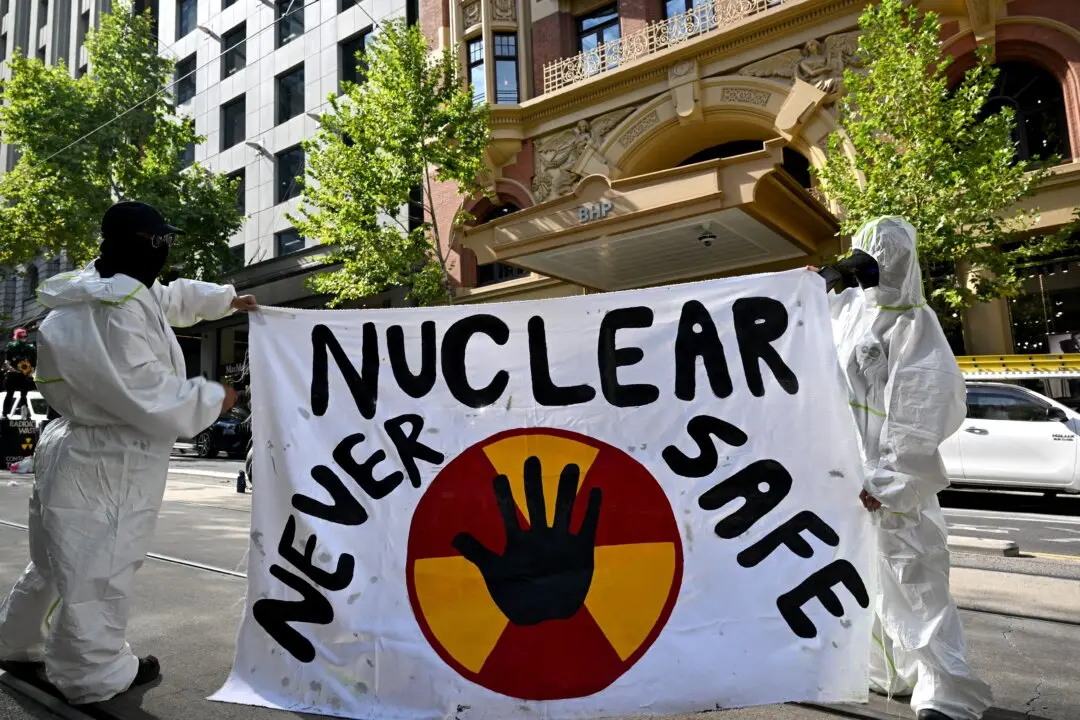Advocacy groups have called on the Australian government to ramp up its renewable energy investments to avoid falling behind other advanced economies in the global race to net zero.
The Clean Energy Council has released a strategic report detailing 45 recommendations to the federal government to ensure that Australia can achieve over 80 percent renewables by 2030 and become a renewable energy superpower.





